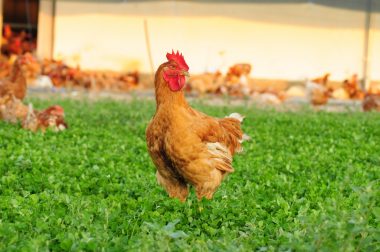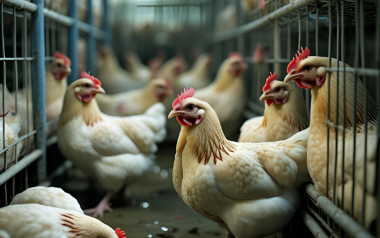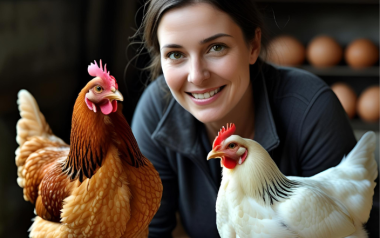“Bestman and Bikker-Ouwejan (2020), reported in an observational study, predation caused a loss of $5,700 EUR ($6,850 USD) on an average organic farm (size 12,700 hens) and $6,700 EUR ($8,000 USD) on an average free-range farm (size 25,000 hens) per flock in the Netherlands”.
23 Apr 2021
Environmental and nutritional challenges to raise laying hens in alternative systems
Poultry production has changed in the last decades due to consumer preferences and welfare standards. Some of the greater adjustments are related to layer production where different countries/states have established regulations to raised hens in free-range and pasture-raised systems.
Poultry production has changed in the last decades due to consumer preferences and welfare standards. Some of the greater adjustments are related to layer production where different countries/states have established regulations to raised hens in free-range and pasture-raised systems. Despite, this is a good method of animal husbandry, some researchers have described challenges such as a negative impact on the gastrointestinal tract and kneel bone fractures in comparison to the hens raised under conventional systems.

Before describing the challenges, it is important to differentiate the alternative layer production systems, because it does not mean that hens are only out of the cages.
- The free-range is defined as “hens reared in a system that allows limited access to the outdoors and is regulated by the United States Department of Agriculture-USDA.
- Pasture-raised means “hens reared in a system that allows for at least 108 square feet of space outdoors and some sort of shelter” which is not regulated by the USDA.
Talking about the environmental challenges, hens on alternative systems are more susceptible to higher mortality due to predation, contact with wildlife, microbial infections and they are sensitive to weather changes (e.g., Heat stress) leading to economic losses. It is different for conventional systems where there is more control and daily inspection, especially to check the presence of predators. However, predation could be reduced using non-lethal methods which involve motion detectors, moving objects, pheromone repellents, among others.
Another study that evaluated the difference in productive parameters between free-range and conventional productions showed that conventional systems resulted in higher mortality and stocking density. But hens from free-range had a lower feed conversion ratio and differences in processing traits.
Variations in nutrition are related to the fact that in conventional systems the birds are fed with diets based on corn and soy which are formulated with high energy and low fiber levels. Also, synthetic amino acids and feed additives are used to fulfill the nutritional requirements. In organic production systems, only certified organic food can be supplied, and no synthetic amino acids can be used.
“A critical factor is the free-range availability of a multitude of different types of forages which can offer some nutritional support. However, it is difficult to assess quantitatively what the exact dietary contributions might be to the birds consuming these high fiber forage sources”
In conclusion, not only environment and nutrition play a key role in the differences between conventional and alternative systems, but other aspects such as forage grazing and diseases are discussed in the source of this article. Though, the market needs and demand to raise hens in alternative productions is encouraging to make more research and develop strategies to reduce the management issues in those systems to improve the welfare of animals and production rates.
Source: Rim El Jeni, Dana K. Dittoe, Elena G. Olson, Jeferson Lourenco, Darren S. Seidel, Steven C. Ricke, Todd R. Callaway. An Overview of Health Challenges in Alternative Poultry Production Systems. Poultry Science. 2021. 101173. ISSN 0032-5791. https://doi.org/10.1016/j.psj.2021.101173.







































